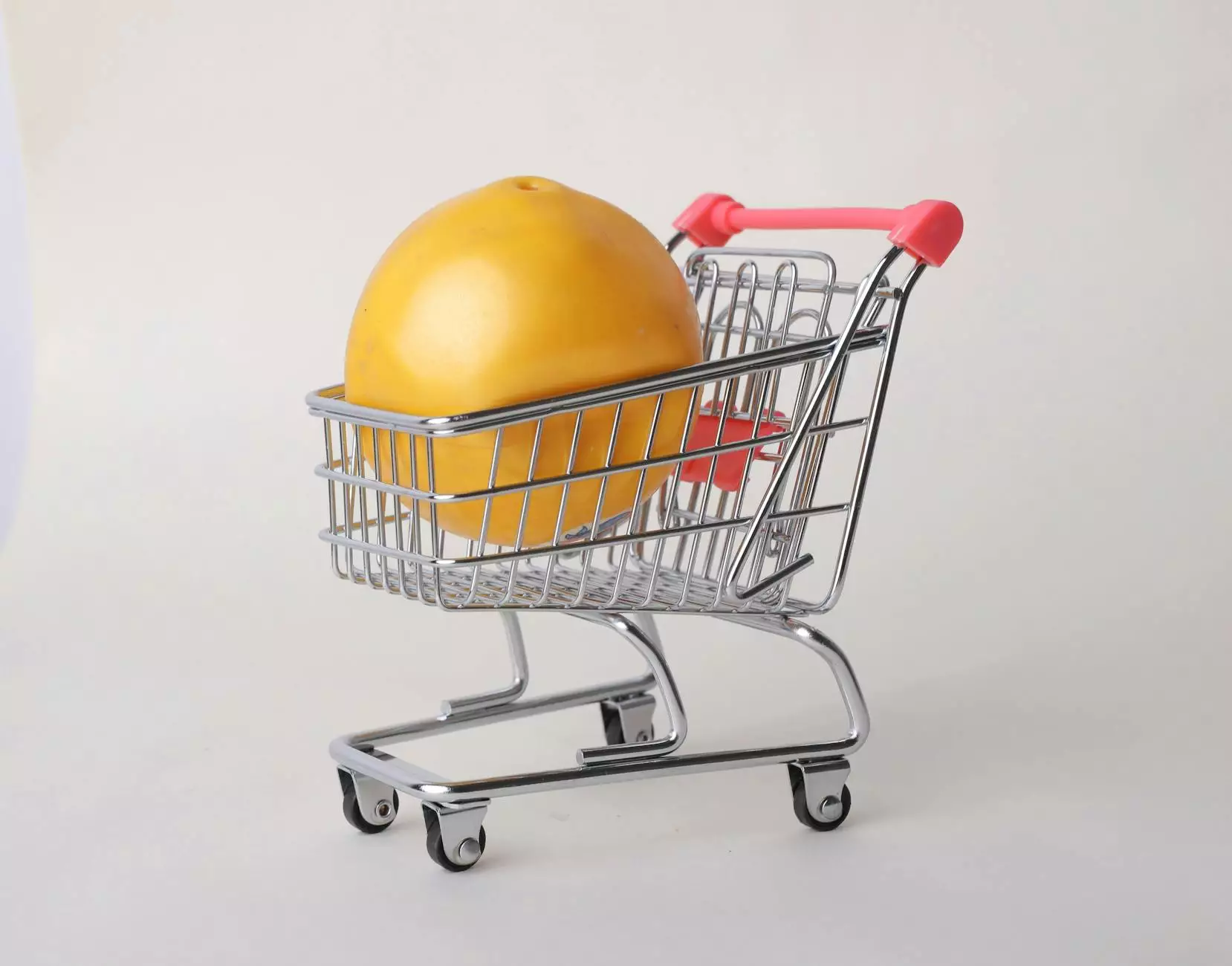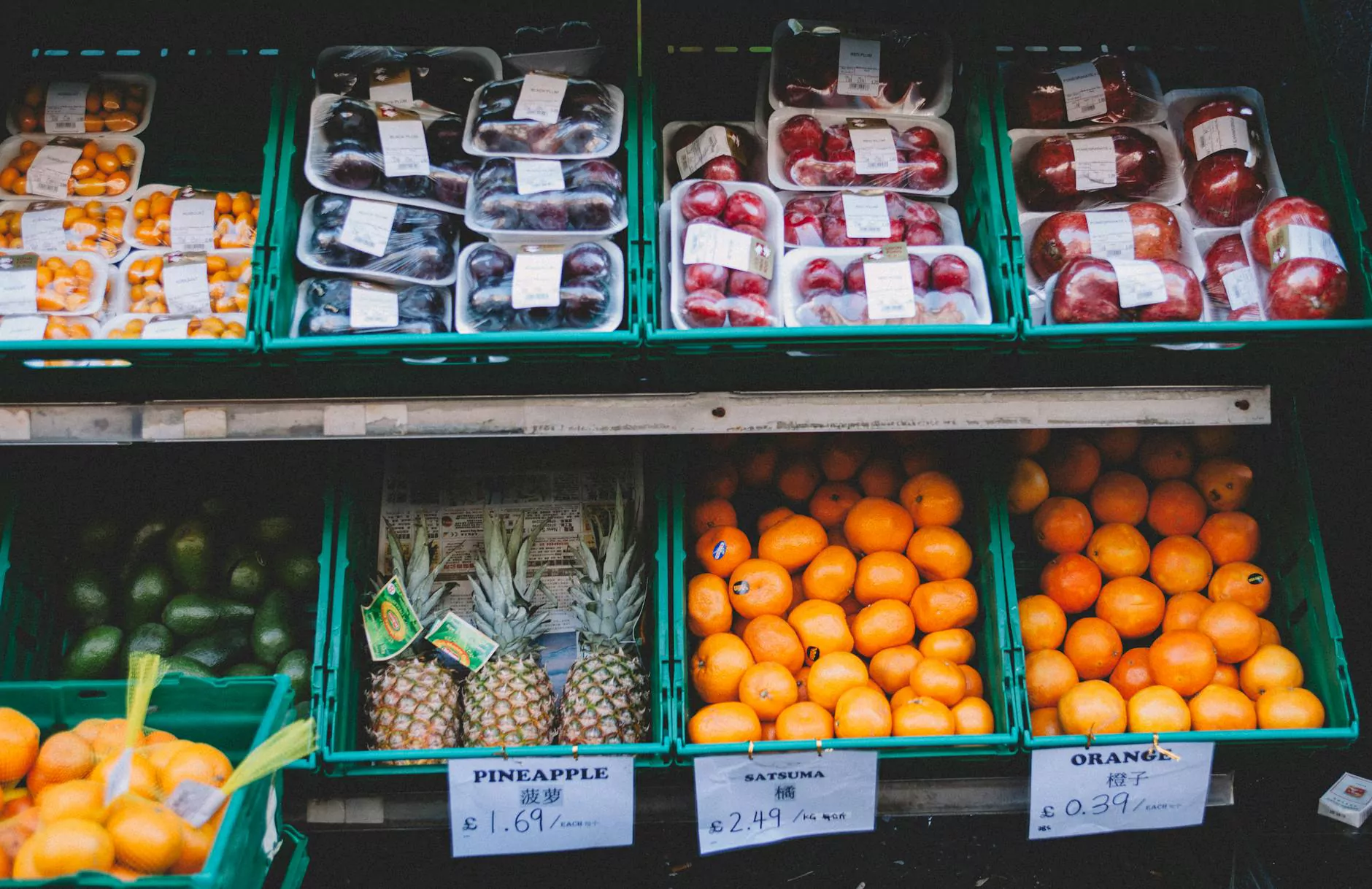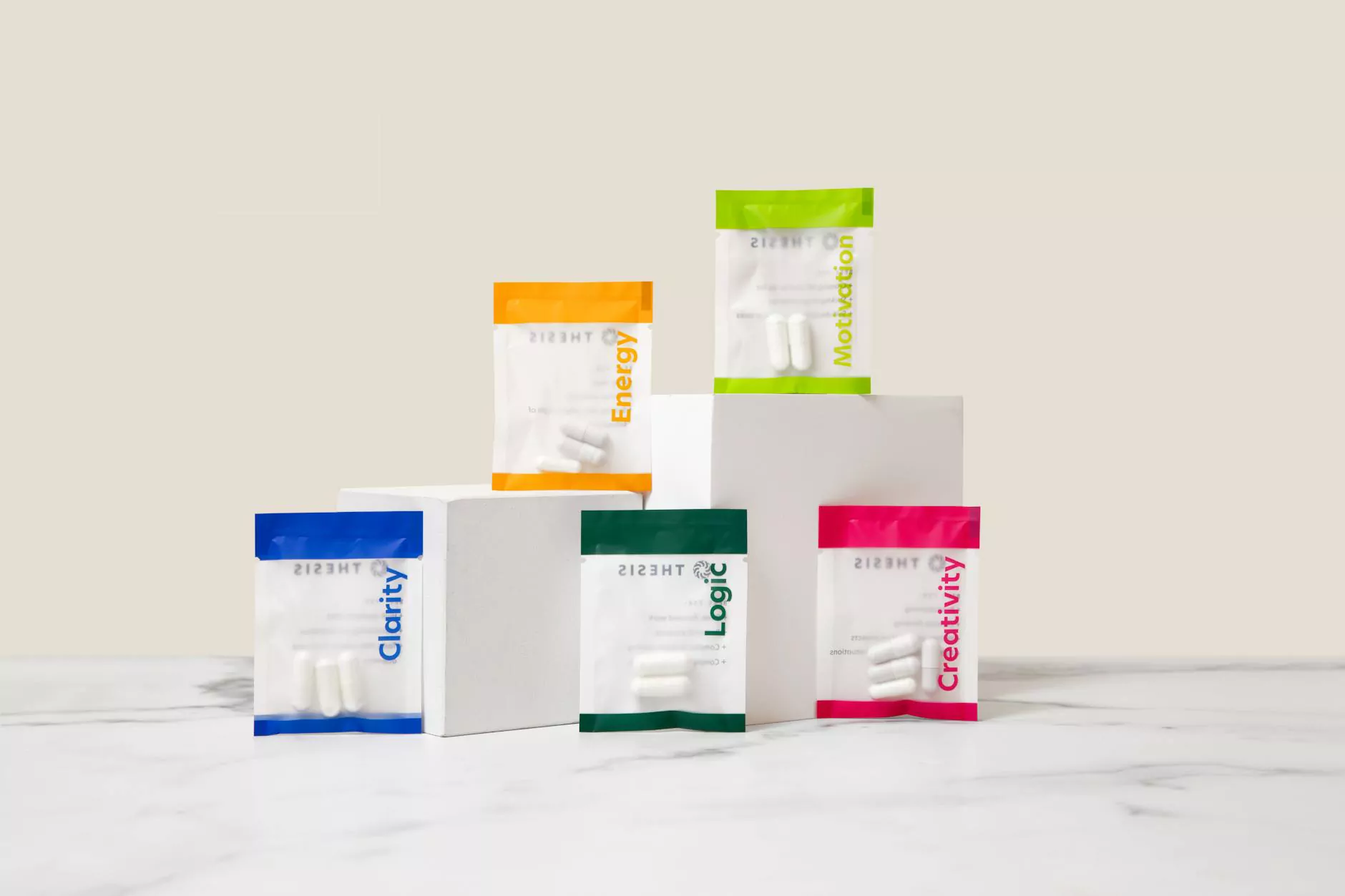How to Price a Food Product

Are you in the food and beverage industry and looking to effectively price your products to increase profitability? Properly pricing your food items is crucial for the success of your business. Understanding the markup on food products, calculating costs, and setting competitive prices can make a significant difference in your profit margins.
Understanding Markup on Food Products
Markup plays a vital role in determining the selling price of your food products. The markup is the difference between the cost of the product and the selling price. It is usually expressed as a percentage.
In the food industry, the average markup on groceries can vary depending on the type of product and market conditions. It's essential to determine an appropriate markup that covers your costs while still remaining competitive in the market.
Calculating Product Costs
Before you can set a price for your food products, you need to calculate the cost of goods sold (COGS). This includes the cost of ingredients, labor, packaging, and overhead expenses.
One popular method to calculate your prices is to use a food cost percentage. This involves dividing the total cost of a menu item by the price you plan to sell it for, resulting in a percentage that helps you understand your profit margins.
Setting Competitive Prices
When pricing your food products, it's essential to consider factors such as your target market, competitors' prices, and the value your product offers. Conducting market research can help you determine the optimal price point to attract customers while generating profit.
Additionally, offering promotions or discounts can be a strategy to increase sales volume and customer loyalty. However, be cautious with discounts that may erode your profit margins.
Strategies to Boost Profit Margin
Increasing your profit margin in the food industry requires careful planning and strategic pricing. Here are some strategies to consider:
- Optimize Portion Sizes: Adjusting portion sizes can help you manage costs while maintaining price integrity.
- Source Affordable Ingredients: Find quality ingredients at competitive prices to reduce COGS.
- Monitor Food Waste: Implement strategies to minimize food waste and maximize profitability.
- Offer Value-Added Services: Providing additional services can justify higher prices for your products.
Conclusion
Effectively pricing your food products is a critical aspect of running a successful business in the food industry. By understanding markup, calculating costs, and setting competitive prices, you can maximize your profit margins and attract loyal customers.
Remember to continuously monitor your pricing strategy and adjust as needed to stay competitive in the market.









